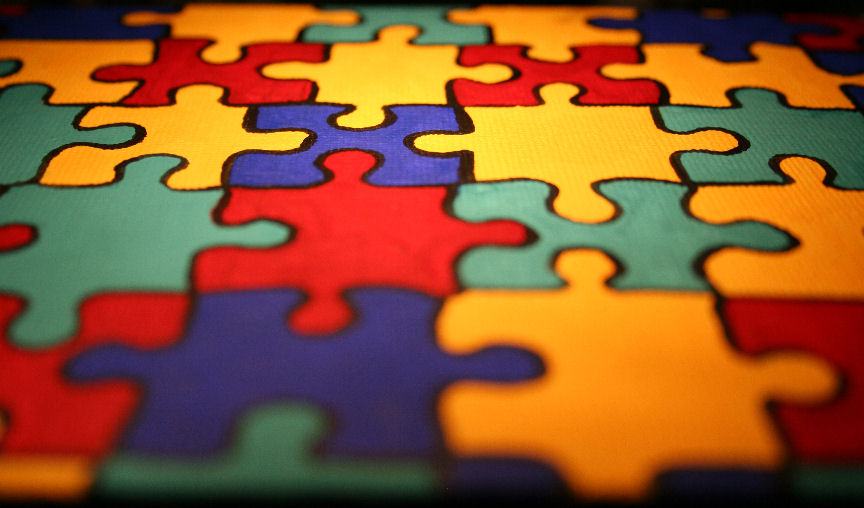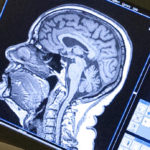Diagnostic markers for autism has always been associated with non-verbal cues, however, a group of researchers from Dartmouth College found a neural marker with the potential to diagnose autism in the near future. The findings are available in the journal Current Biology.
“Autism is hard to screen for in children, when the first signs are present. A trained clinician may be able to detect autism at 18-months or even younger; yet, the average age of a diagnosis of autism in the U.S. is about four years old. We need objective, non-invasive screening tools that don’t depend on assessing a child’s behavior. One of the big goals of the field is to develop objective neural markers of autism that can work with non-verbal individuals. This neural marker is just that,” said Caroline Robertson, lead author of the study.
Among individuals with autism, it has been theorized that the condition is brought on by differences in the blocking of neural signals, in addition to differences in visual perception.
“Autism has traditionally been regarded as a disorder of the social brain. Recent reports of differences in visual perception have challenged this notion, but little evidence for altered visual processing in the autistic brain exists. We have previously observed slower behaviorally reported rates of a basic visual phenomenon, binocular rivalry, in autism,” according to the study.
In previous findings, Robertson was able to show how the differences in blocking neural transmission in the brain caused a slow alternation in perception known as slower binocular rivalry. During this phenomenon of visual perception in autism, the alternation between images, from one to the next, is slower than usual. It is thought that gamma-aminobutyric acid (GABA), a neurotransmitter, suppresses one of the images due to its inability to properly filter and regulate sensory signals.
According to the new findings, researchers conducted brain imaging to measure the slower rate of binocular rivalry and brain signals of 37 adult participants – 18 with autism – using electroencephalography (EEG). One of two visuals were shown to participants: in the left eye, red checkerboards; in the right eye, green checkerboards, which flickered back and forth in several variations.
The results indicated individuals with autism had a slower rate of binocular rivalry in the brain. Additionally, the findings, based on the neural data, was enough to identify with an 87 percent accuracy if an individual had autism as well as the severity of their symptoms.
“Intriguingly, we observed a strong relationship between the neural dynamics of binocular rivalry in autism and clinical measures of high-order autistic symptoms in social behavior,” the findings say.
“This result highlights the emerging link between perceptual and social autistic traits in the autism literature: perplexingly, laboratory-based measures of perceptual processing in autistic adults routinely predict higher-order symptoms in social and cognitive domains an effect that is also observed in population-level studies of self-reported sensory and social traits.”


